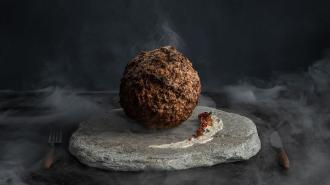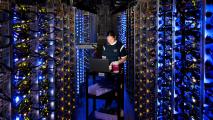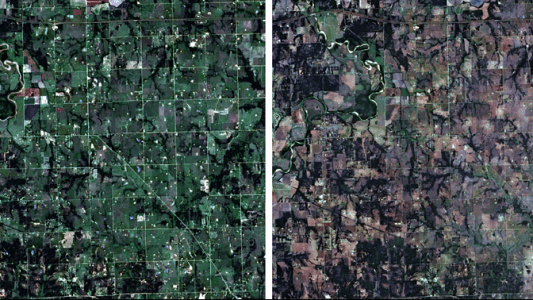An Australian cultured meat startup has “resurrected” the woolly mammoth — in the hope that people will think about eating it.
The challenge: Our traditional way of producing meat — by raising and slaughtering animals — is both bad for the environment and arguably unethical, yet demand for meat continues to increase.
Cultured meat, which is grown from muscle cells in a lab, can perfectly replicate the flavor of meat that comes from animals, so carnivores may prefer it to plant-based alternatives — once prices come down, at least. But some people may hesitate to even try cultured beef or pork when they could just keep eating the “real” stuff.
Inventing meat: Rather than attempting to convince meat eaters to try lab-grown versions of the proteins they already enjoy, Australian startup Vow is taking a different approach, creating cultured meats that are otherwise unobtainable.
“The goal is to transition a few billion meat eaters away from eating [conventional] animal protein to eating things that can be produced in electrified systems,” CEO George Peppou told the Guardian. “And we believe the best way to do that is to invent meat.”
“We chose the woolly mammoth because it’s a symbol of diversity loss and a symbol of climate change.”
Tim Noakesmith
What’s new? The startup’s latest invention is a massive meatball, made of cells grown with a combination of sheep, elephant, and woolly mammoth DNA, illustrating how modern technology can “resurrect” the meat of an animal that has been extinct for about 10,000 years.
“We chose the woolly mammoth because it’s a symbol of diversity loss and a symbol of climate change,” Tim Noakesmith, a Vow cofounder, told the Guardian.
How they did it: Vow teamed up with Ernst Wolvetang, a professor at the University of Queensland, to create the mammoth meatball.
The group started by using elephant DNA to fill in a few gaps in the DNA sequence for a mammoth muscle protein. They then inserted the DNA sequence into stem cells from sheep and multiplied the cells until they had enough to produce 400 grams of meat.
“From a genomic point of view, it’s only one gene amongst all the other sheep genes that is mammoth,” Wolvetang told CNN. “It’s one gene out of 25,000.”
Display purposes only: Creating the woolly mammoth meatball was easy and took just a couple of weeks, according to Wolvetang — but he wouldn’t recommend eating the cultured meat.
“We haven’t seen this protein for thousands of years,” he told the Guardian. “So we have no idea how our immune system would react when we eat it. But if we did it again, we could certainly do it in a way that would make it more palatable to regulatory bodies.”
Instead of serving its woolly wonder to daring diners, Vow is unveiling the cultured meatball at NEMO Science Museum in the Netherlands on March 28 — no word on how long it will remain on display.
Looking ahead: Back in October 2022, Vow opened a factory it says is capable of producing 30 tonnes of cultured meat annually. The startup is now working to get a cultured quail meat, with seafood notes, approved for sale in Singapore.
“We need to start rethinking how we get our food,” James Ryall, Vow’s chief scientific officer, told CNN. “My biggest hope for this [mammoth meatball] project is … that a lot more people across the world begin to hear about cultured meat.”
We’d love to hear from you! If you have a comment about this article or if you have a tip for a future Freethink story, please email us at [email protected].






